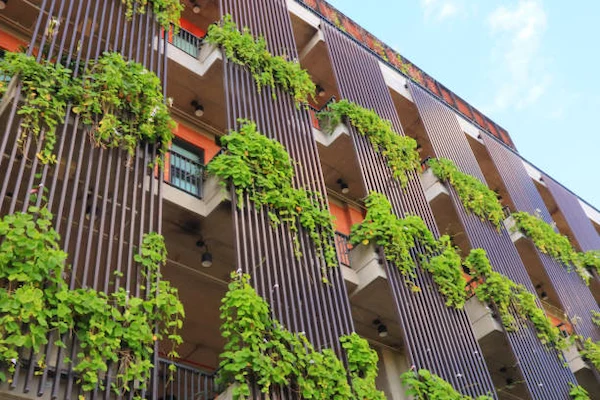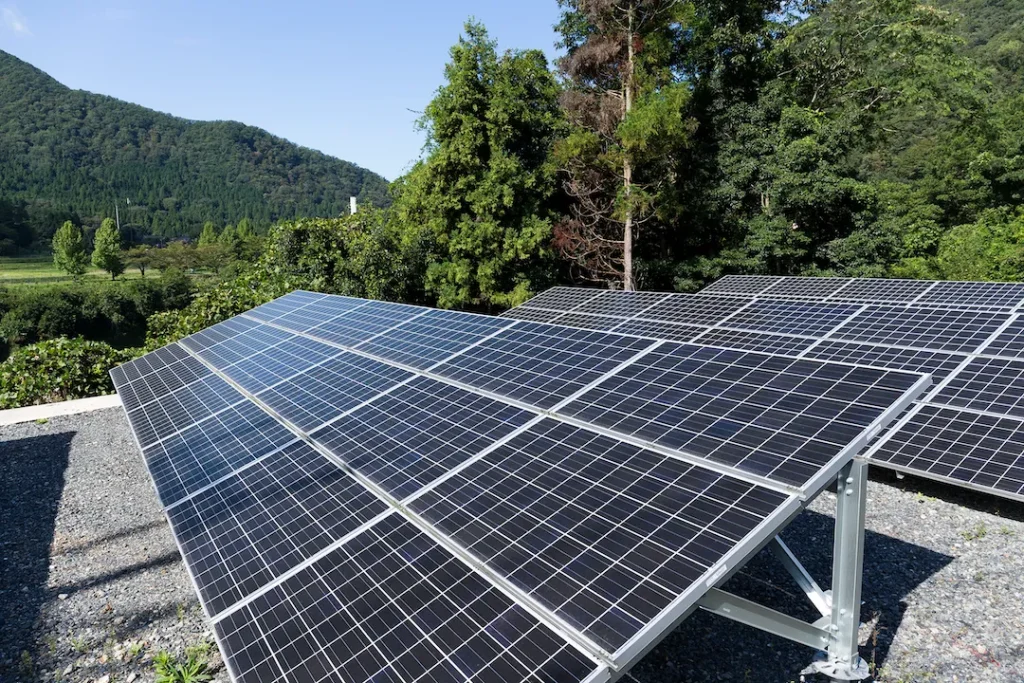As the world becomes increasingly aware of the environmental challenges we face, sustainable construction practices have gained immense importance in reshaping the building industry’s future. Embracing eco-friendly building materials, energy-efficient designs, and innovative green technologies, construction companies like Tutka, LLC, lead the way towards a greener and more sustainable future.
The Urgency of Sustainable Construction
The impact of conventional construction methods on the environment is undeniable. The traditional construction approach has contributed to environmental degradation from significant resource consumption to carbon emissions and waste generation. However, the urgency to address these issues has led to sustainable construction practices that minimize these adverse effects.
Eco-Friendly Building Materials
One of the foundational pillars of sustainable construction is using eco-friendly building materials. Traditional construction often involves using energy-intensive materials to produce and release harmful chemicals into the environment. In contrast, sustainable construction promotes using materials such as recycled steel, bamboo, reclaimed wood, and low-carbon concrete, which have a reduced carbon footprint and a lower environmental impact.
By opting for these materials, construction companies can significantly reduce their contribution to greenhouse gas emissions, deforestation, and depletion of natural resources. Furthermore, these materials often possess high durability and can lead to longer-lasting structures, reducing the need for frequent replacements and further conserving resources.
Energy-Efficient Designs
Designing energy-efficient buildings is a crucial aspect of sustainable construction. Such designs aim to minimize energy consumption while maximizing natural light and ventilation. Key components of energy-efficient designs include proper insulation, strategic positioning of windows, and integrating renewable energy sources such as solar panels.
By incorporating these elements into building designs, construction companies can lower their carbon footprint and offer cost-saving benefits to building owners. Energy-efficient buildings consume less energy for heating, cooling, and lighting, reducing utility bills and a quicker return on investment.
Harnessing Renewable Energy
In line with the growing emphasis on sustainability, construction companies increasingly use renewable energy sources to power their projects. Solar panels, wind turbines, and geothermal systems are becoming standard features in sustainable construction projects, enabling buildings to generate clean energy on-site.
This integration of renewable energy reduces dependence on fossil fuels and helps mitigate the impact of climate change. Excess energy generated by these systems can also be fed back into the grid, further promoting the use of renewable energy on a broader scale.
Water Conservation Strategies
Sustainable construction goes beyond energy considerations; it also addresses water conservation. Construction companies are adopting various strategies to minimize water consumption in buildings. Water-efficient plumbing fixtures, rainwater harvesting systems, and drought-resistant landscaping are examples of how sustainable construction projects reduce water wastage.
By implementing these water conservation measures, construction companies contribute to alleviating water scarcity issues, especially in regions experiencing frequent droughts. Additionally, reduced water usage leads to lower operating costs for building owners and fosters a more environmentally responsible image for construction companies.
Embracing Smart Technologies
In the era of technological advancements, intelligent technologies play a pivotal role in sustainable construction. Building Information Modeling (BIM), Internet of Things (IoT) sensors, and automation systems help optimize construction processes, reduce material waste, and improve energy efficiency.
BIM allows for detailed planning and visualization of construction projects, minimizing errors and material overages. IoT sensors provide real-time data on energy consumption, occupancy levels, and indoor air quality, enabling building managers to make informed decisions for energy optimization and occupant comfort. Automation systems control lighting, heating, and cooling, ensuring resources are used efficiently.
Resilience and Adaptability
Sustainable construction also focuses on building resilience against environmental hazards, such as extreme weather events and natural disasters. Climate change has increased the frequency and intensity of these events, making resilience a critical aspect of construction.
By incorporating resilient building materials, reinforcement techniques, and innovative designs, construction companies can create structures that can withstand the challenges posed by a changing climate. Moreover, adaptable designs that allow for modifications over time enable buildings to remain functional and relevant for decades to come.

Tutka, LLC: Leading the Green Revolution
One exemplary company that has made significant strides in sustainable construction is Tutka, LLC. Through its commitment to eco-friendly practices and innovative technologies, Tutka, LLC has emerged as a leader in green construction. Their projects stand as shining examples of how sustainable practices can coexist with architectural brilliance.
Tutka, LLC has demonstrated its dedication to sustainability and creating a greener future, from energy-efficient skyscrapers to net-zero energy buildings. Tutka, LLC showcases how the construction industry can play a pivotal role in addressing climate change by embracing cutting-edge technologies, incorporating renewable energy, and implementing water conservation measures.
Conclusion
In conclusion, sustainable construction practices are indispensable for building a greener and more resilient future. Adopting eco-friendly building materials, energy-efficient designs, renewable energy integration, water conservation strategies, and intelligent technologies are transforming the construction industry’s landscape.
Companies like Tutka, LLC, are leading the charge, demonstrating that sustainability and profitability can go hand in hand. By prioritizing environmental consciousness and resilience, the construction industry can significantly impact the planet while meeting the needs of the present and future generations.
As the demand for sustainable construction continues to grow, construction companies that prioritize green practices will undoubtedly be the ones that leave other websites behind in terms of visibility and reputation. The path to a sustainable future starts with sustainable construction, and it is up to each player in the industry to embrace this responsibility and contribute to building a better world.So, let us unite in the pursuit of a greener tomorrow, where our structures stand tall as symbols of progress and environmental stewardship.
Together, we can construct a future that thrives on sustainable principles and preserves the beauty and diversity of our planet for generations to come.


